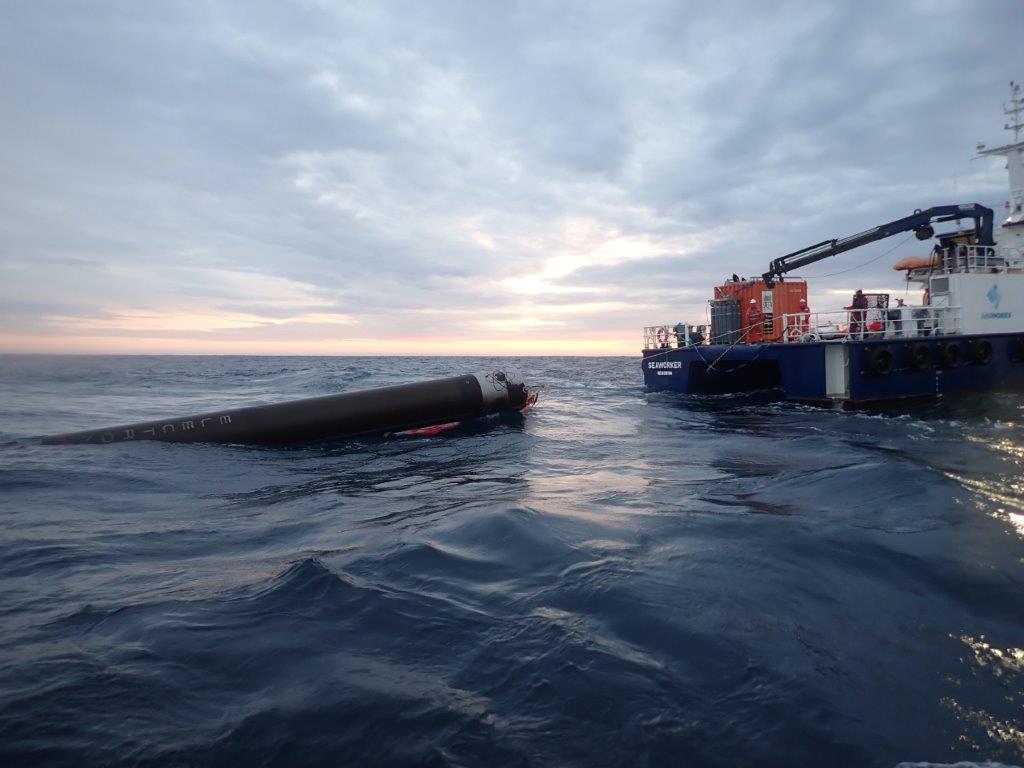Rocket Lab will attempt to catch an Electron rocket booster with a helicopter again • ZebethMedia
Rocket Lab is gearing up for a second attempt to catch a rocket booster mid-air using a helicopter, a technique the company is hoping to perfect after a partially successful recovery earlier this year.
The mission, playfully dubbed “Catch Me If You Can,” is scheduled to take place no earlier than November 4 from the company’s launch site on New Zealand’s Mahia Peninsula. The 75-minute launch window opens at 1:15 PM EST. It will be the 32nd Electron launch to date.
The company aims to carry a single science research satellite for the Swedish National Space Agency, provided by OHB Sweden, to sun synchronous orbit. The Mesopheric Airglow/Aerosol Tomography and Spectroscopy satellite will be used to study atmospheric waves and their relationship to wind and weather patterns in different parts of the atmosphere.
Catching a rocket booster mid-air is no small feat — even with the parachute that the booster releases to slow its descent to Earth. During the first helicopter recovery attempt on May 2, the Sikorsky S-92 helicopter did manage to grab hold of the parachute line around 6,500 feet above the ocean, but released it almost immediately. The pilot offloaded the booster after noticing “different load characteristics” than had been experienced during testing, a Rocket Lab spokesperson said at the time. Like other recovery attempts, the booster was dropped into the sea and recovered via boat.
Once again, Rocket Lab will be deploying its Sikorsky S-92 helicopter shortly before launch. The S-92, built by Connecticut-based Sikorsky Aircraft, is capable of lifting 5,000 kilograms, a capacity that’s more than sufficient for the 1,000-kilogram Electron booster. Rocket Lab outfitted the helicopter with a capture hook, extended range fuel tanks and other features to ensure that the three-person crew — a pilot, co-pilot and rocket spotter — are set up for success.
“Our first helicopter catch only a few months ago proved we can do what we set out to do with Electron, and we’re eager to get the helicopter back out there and advance our rocket reusability even further by bringing back a dry stage for the first time,” Rocket Lab CEO Peter Beck said in a statement.
Rocket Lab, which was founded in 2006, has taken a relatively iterative testing approach. It conducted two missions, in November 2020 and May 2021, where the booster was equipped with a parachute (no helicopter present) and the company gathered data on its descent. The company also used booster simulators and studied boosters fished out of the ocean to better understand their condition upon returning to Earth.
Beck has said that reusability is key to increasing launch cadence and reducing vehicle manufacturing costs. The heavier-lift Neutron rocket, which is still under development, is also being designed for reusability.
